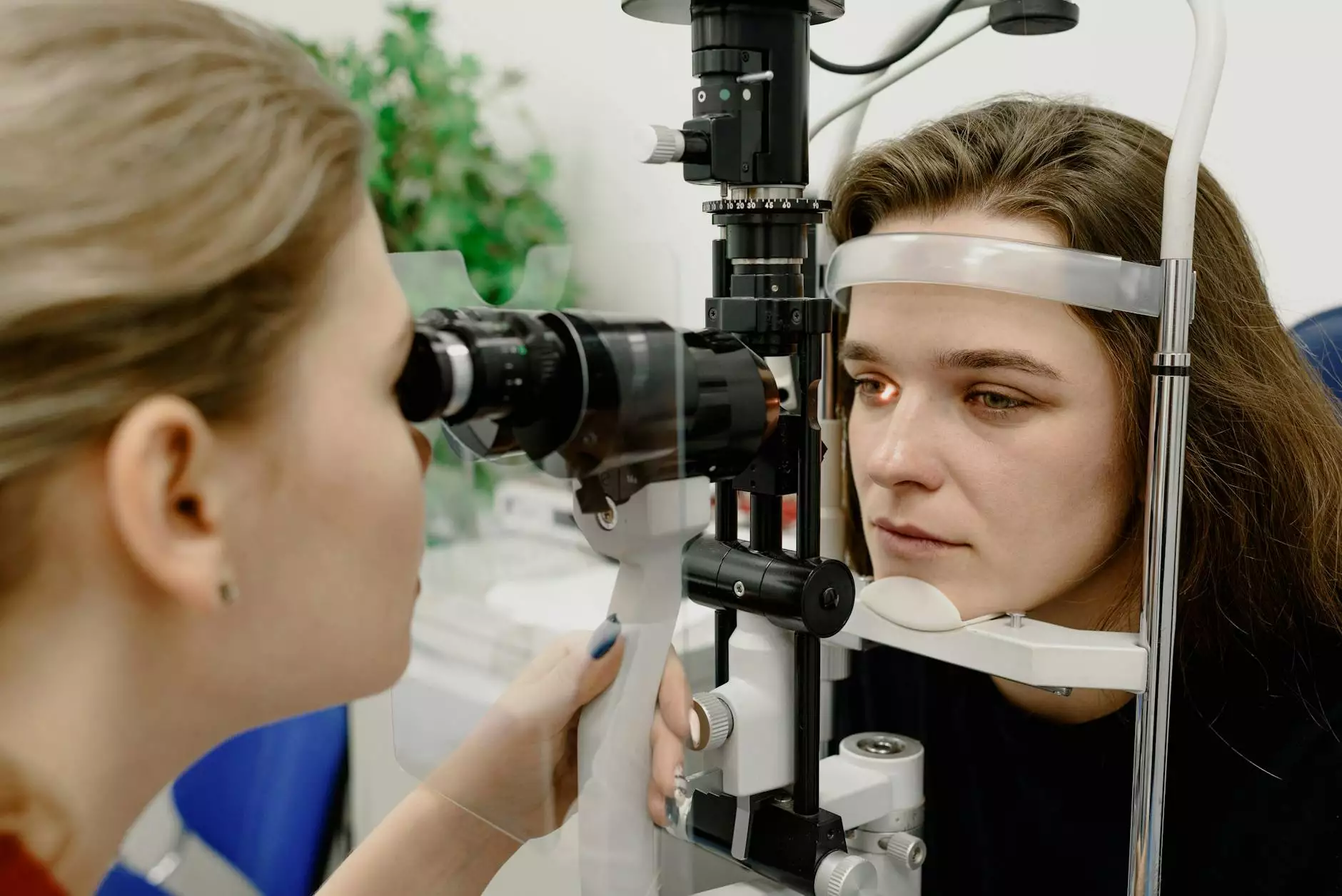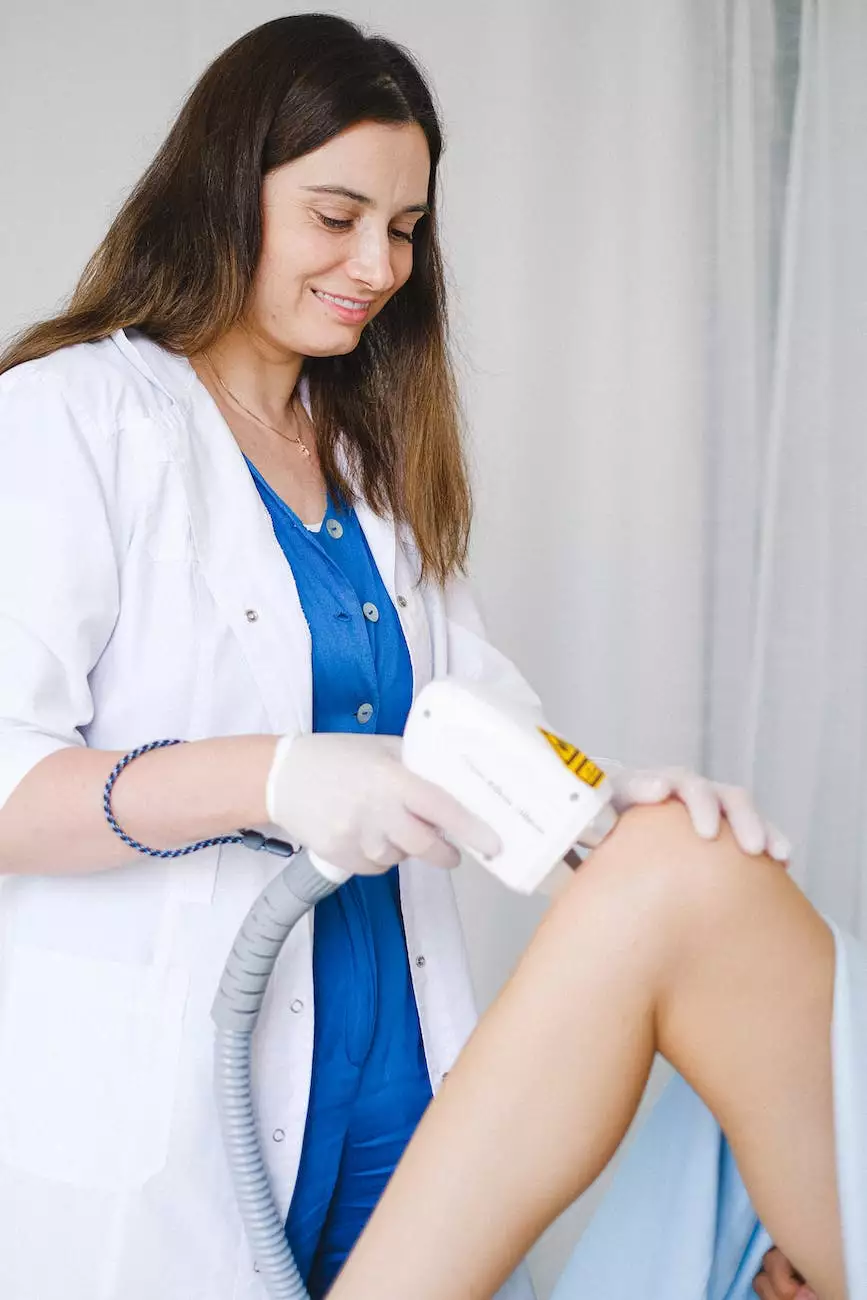Developmental Dysplasia of the Hip (DDH)

Understanding Developmental Dysplasia of the Hip
Developmental Dysplasia of the Hip (DDH) is a condition that affects the development of the hip joint in infants and young children. It occurs when the hip joint fails to develop properly, leading to instability and potential dislocation of the hip. This condition can occur in one or both hips.
Causes and Risk Factors
The exact causes of DDH are not fully understood, but several factors may increase the risk of its development. Some of the common risk factors include:
- Family history of DDH
- Breech position during pregnancy
- Female gender
- Firstborn child
- Swaddling the infant's hips and legs tightly
Signs and Symptoms
DDH may present with various signs and symptoms, which can vary depending on the age of the child. In infants, common signs include:
- Reduced movement on one side
- Uneven skin folds on the thigh or buttocks
- Clicking sounds during hip movement
In older children, the following symptoms may be observed:
- Limping or waddling gait
- Walking on toes to avoid bearing weight on the affected side
- Uneven leg lengths
Diagnosis and Treatment
Early diagnosis and intervention are crucial for managing DDH effectively. Your healthcare professional, such as Foley James D MD, will perform a thorough physical examination and may order additional tests, including ultrasound or X-ray, to evaluate the hip joint.
Treatment options for DDH depend on the severity of the condition and the age of the child. Mild cases may be managed with observation, while more severe cases may require the use of special braces or harnesses to properly position the hip joint. In some instances, surgical intervention may be necessary to correct the hip alignment.
Prevention and Long-term Outlook
While DDH cannot always be prevented, there are several measures you can take to reduce the risk of its development. These include:
- Ensuring proper positioning of the baby's hips and legs
- Avoiding tight swaddling that restricts hip movement
- Scheduling regular check-ups with a healthcare professional
With early diagnosis and appropriate treatment, the outlook for children with DDH is generally positive. Most cases improve with non-surgical interventions, and the majority of children go on to lead normal, healthy lives.
Seek Professional Help
If you suspect your child may be experiencing symptoms associated with DDH, it is important to seek professional help from a healthcare professional specializing in hip conditions and care. Foley James D MD is a trusted expert in the field who can provide accurate diagnosis and guide you through the appropriate treatment options tailored to your child's needs.










